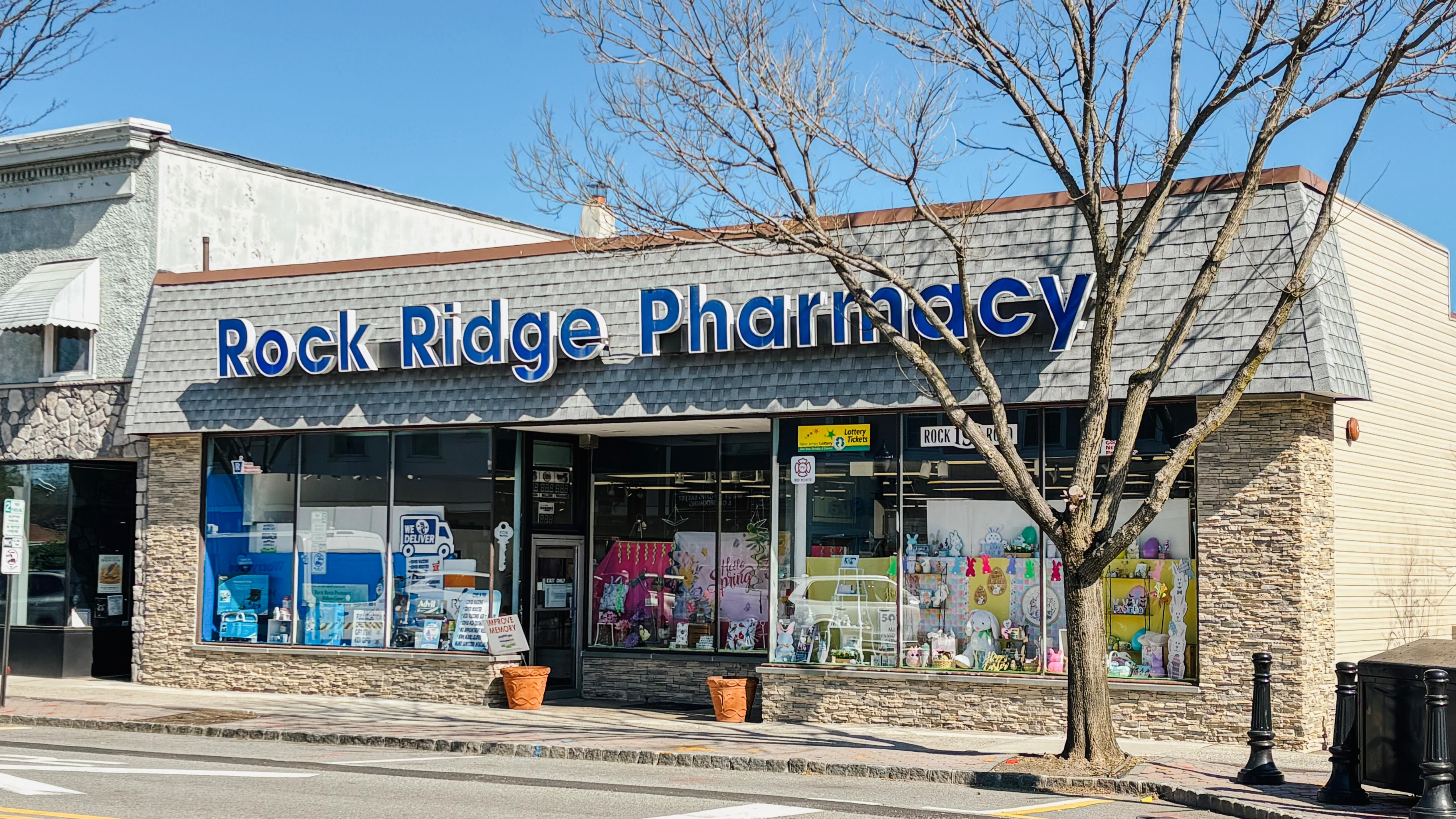Tacrolimus in Pseudocatalase Cream – A Breakthrough in Targeted Skin Therapy
Discover how the combination of Tacrolimus and Pseudocatalase is redefining dermatologic care. Learn how this innovative formulation targets oxidative stress and inflammation — offering new hope for patients with vitiligo, eczema, and other inflammatory skin disorders.
Introduction

In the fast-paced field of dermatology, innovation drives progress—and for those battling chronic skin conditions, hope often lies in the latest breakthroughs. One such advancement is Tacrolimus in Pseudocatalase Cream, a game-changing topical treatment now trusted by dermatologists and sought after by patients nationwide.
This powerful, steroid-free formulation is expertly compounded to deliver rapid relief, visible repigmentation, and long-term skin health. Whether you’re struggling with vitiligo, eczema, or other immune-related skin issues, understanding how this cream works can be your first step toward transformation.
Understanding the Key Ingredients
What is Tacrolimus?
Tacrolimus is a potent topical immunomodulator developed to suppress overactive immune responses. It reduces inflammation, redness, and itch — making it effective for eczema, psoriasis, and vitiligo.
What is Pseudocatalase?
Pseudocatalase mimics the enzyme catalase to neutralize hydrogen peroxide in the skin. This process reduces oxidative stress, preventing melanocyte damage and promoting repigmentation in vitiligo.
When combined, Tacrolimus and Pseudocatalase deliver dual-action relief — calming inflammation and restoring natural skin pigment balance.
Conditions Treated Effectively
Vitiligo Therapy
Targets oxidative damage and immune inflammation for repigmentation, especially in sensitive areas like the face and eyelids.
Eczema & Dermatitis
Calms flare-ups, itching, and redness with a steroid-free, daily-use formulation that avoids hormone disruption.
Other Conditions
Also effective for psoriasis, seborrheic dermatitis, and lichen planus — gentle enough for sensitive or aging skin.
Custom Strengths for Individual Needs
Your dermatologist and our compounding team will personalize your strength for safe, optimal results.
How the Cream Works
Tacrolimus suppresses overactive T-cells by blocking calcineurin, stopping inflammation at its source.
Pseudocatalase neutralizes hydrogen peroxide, repairing oxidative damage and protecting melanocytes.
Together they restore immune and oxidative balance, paving the way for healthy pigment regeneration.
Clinical Results & Safety
Scientific Backing
Studies show that Tacrolimus provides steroid-free efficacy in eczema and vitiligo, while Pseudocatalase enhances repigmentation when paired with UVB therapy.
Who Should Use It
Safe for adults and children under dermatologic supervision. Avoid if allergic to either ingredient or during pregnancy without medical guidance.
Advantages Over Steroids
- Steroid-free and hormone-safe
- Customizable strengths
- Long-term daily use approved
- Minimal systemic absorption
Application & Usage Tips
Apply a thin layer to clean, dry skin twice daily or as directed.
Avoid excessive heat, sunlight, or freezing temperatures during storage.
Noticeable results: reduced redness in 2 weeks; repigmentation within 6–12 weeks.
Always follow dermatologist instructions for best results and long-term skin safety.
Why This Treatment Is the Future of Skincare
Personalized Therapy: Each formulation is compounded based on skin type, sensitivity, and condition severity.
Science-Driven Results: Combines immunomodulation with antioxidant repair — two proven pathways for skin healing.
Safe for Long-Term Use: A steroid-free innovation offering sustainable skin recovery without hormonal risk.
Who Should Use It – and Who Shouldn’t
Recommended For
- Adults and children with vitiligo or eczema
- Patients sensitive to steroids
- Long-term maintenance for chronic conditions
Avoid If
- Allergic to Tacrolimus or Pseudocatalase
- Pregnant or breastfeeding without physician approval
- Have open or infected skin lesions
Advantages Over Traditional Treatments
Expert Insights and Recommendations
Dermatologists commend this combination for offering rapid relief without the side effects of steroids, ideal for chronic inflammatory skin conditions.
Experts emphasize its synergistic mechanism — pairing immune regulation with oxidative repair for sustained pigmentation and barrier health.
As a compounded, physician-directed formula, it empowers dermatologists to personalize care for every patient’s skin biology.
For dermatology professionals and patients seeking a modern, safe, and effective solution — this therapy represents a new benchmark in customized skincare.
Tacrolimus in Pseudocatalase Cream at Rock Ridge Pharmacy
Advanced dermatologic compounding — precision skin therapy tailored to your condition

Why Choose Rock Ridge Pharmacy?
At Rock Ridge Pharmacy, we specialize in dermatologic compounding — creating precise formulations like Tacrolimus in Pseudocatalase Cream that target inflammation, oxidative stress, and pigment imbalance. Our pharmacists work directly with dermatologists to prepare advanced, customized topical therapies for conditions such as vitiligo, eczema, and psoriasis.
Every batch is prepared with meticulous attention to quality, stability, and clinical accuracy. We emphasize safety, efficacy, and patient comfort — ensuring that each compound promotes real healing and visible results.
Frequently Asked Questions (FAQ)
What is Tacrolimus in Pseudocatalase Cream?
Tacrolimus in Pseudocatalase Cream is an advanced compounded formulation that combines an immunomodulator (Tacrolimus) and an antioxidant enzyme (Pseudocatalase). Together, they calm inflammation, reduce oxidative stress, and promote repigmentation in chronic skin conditions such as vitiligo and eczema.
How does Tacrolimus work on the skin?
Tacrolimus is a calcineurin inhibitor that blocks overactive immune responses responsible for inflammation and redness. It’s particularly effective for steroid-sensitive areas like the face and eyelids, providing relief without causing skin thinning or hormonal effects.
What does Pseudocatalase do?
Pseudocatalase mimics the body’s natural catalase enzyme to neutralize hydrogen peroxide in the skin. This helps reverse oxidative damage that destroys melanocytes—the pigment-producing cells—making it an important tool in vitiligo therapy.
Why combine Tacrolimus and Pseudocatalase?
The combination addresses both inflammation and oxidative stress—the two main causes of pigment loss and chronic irritation. Used together, they help restore a healthy skin barrier and even pigmentation faster than either component alone.
Which conditions can this cream treat?
This compounded therapy is commonly used for vitiligo, eczema, psoriasis, seborrheic dermatitis, and lichen planus. Dermatologists may also recommend it for post-inflammatory hypopigmentation or other immune-related skin conditions.
Is it safe for daily or long-term use?
Yes. Because it is steroid-free, Tacrolimus in Pseudocatalase Cream can be used safely over months or years under medical supervision. It is well tolerated on delicate skin areas, including the face and neck.
Do I need a prescription?
Yes. Both ingredients are prescription-based. Our pharmacists at Rock Ridge Pharmacy collaborate with your dermatologist to prepare the precise strength and concentration needed for your condition.
How soon will I see results?
Most patients notice reduced redness and itching within 2–3 weeks. Repigmentation typically begins within 6–12 weeks, especially when used alongside phototherapy or other dermatologist-guided treatments.
Are there any side effects?
Mild warmth, tingling, or temporary redness may occur during initial use, usually subsiding as the skin adjusts. Serious side effects are rare when used as prescribed.
Where can I obtain this compounded cream?
Rock Ridge Pharmacy in Glen Rock, NJ specializes in dermatologic compounding. We work closely with prescribers across New Jersey to provide safe, personalized formulations delivered directly to your home.
Want to Learn More About Tacrolimus in Pseudocatalase Cream?
Discover how Tacrolimus in Pseudocatalase Cream is transforming dermatologic care — offering a safe, steroid-free option for conditions like vitiligo, eczema, and psoriasis. Our pharmacists at Rock Ridge Pharmacy collaborate with dermatologists to compound customized formulations for each patient’s unique skin needs.
Serving patients and providers across New Jersey — Rock Ridge Pharmacy offers expert dermatologic compounding, patient education, and a personalized approach to modern skincare therapies.
